What is an Ozone Machine?
An ozone machine is a device that generates trioxygen gas for the purpose of disinfecting both air and water.
Ozone or O3 is a powerful oxidizing agent that can kill germs, mold, and viruses. It is also a strong deodorizer that can remove third hand smoke.
An ozone generator is not the same thing as an air purifier.
“An ozone machine is used an air treatment that is operated only after a room or area is evacuated. Similar to using a bug bomb”
Is Ozone Bad For You?
Yes. The reason is
because ozone is dangerous to breathe, there are strict guidelines that should be adhered to when operating an ozone generator.
- It is never used in an occupied space including people, animals, and plant life.
- The area is left to completely dissipate before using it again.
- Warning signs and tape should be used to warn people from entering the area.
Ozone Guidelines:
| Guideline | Description |
|---|---|
| Evacuate Area | Ensure the space is unoccupied by humans, animals, or plants before using the ozone machine. |
| Dissipation Time | Allow the ozone to dissipate completely before re-entering the treated area. See Also: How Long Should You Wait After Using An Ozone Generator? |
| Warning Signs | Use warning signs and tape to prevent accidental entry into the treated area. |
| Protective Measures | Operators must follow strict safety protocols to avoid exposure to harmful ozone levels. |
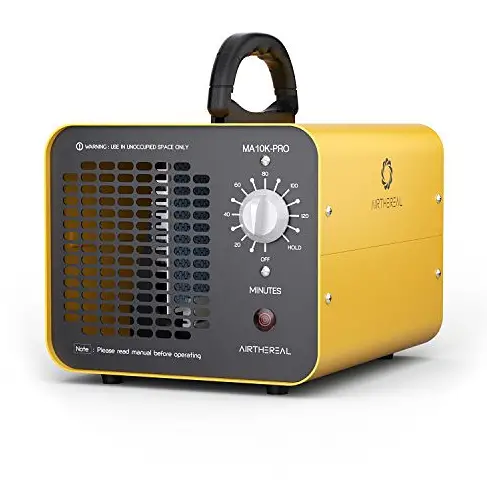
Ozone generator uses
include:
1. Odor removal.
Cigarette smoke is known for its ability to linger. The sticky residue contained in tobacco smoke allows it to attach to anything in it’s path.
Ozone gas is particularly good and removing cigarette smoke smell because being a gas, it is able to travel into the same nooks and crannies, and follow the path the smoke took.
2. Automobiles
Ozone is used as a remedial tool to remove odors from vehicles and restore a used car or truck back to its original state.
3. Hotel rooms
Hotel rooms are areas where people come and go daily, leaving behind odors, bacteria, and viruses. Insects including bedbugs are also prevalent in hotel rooms.
Using an ozone generator machine in a hotel can sterilize the entire area and turn a smoking room into a non smoking room.
4. Dog Kennels
Dog and animal kennels or not only who’s this strong odors that ozone can eliminate, they also run the risk of spreading canine diseases like kennel cough.
Ozone is very effective at sterilizing dog kennels and dog hospitals. Dogs removed of course.
5. Gyms
Strong odors are part for the course in gyms as well as a breeder ground for germs.
6. Rent house and House flipping.
Home renovation comes with multiple problems like mold, insects, third-hand, smoke, and VOCs that an ozone machine can solve.
7. Water sanitation
H2O Ozone Sanitation is better at removing toxins than chlorine and doesn’t stay in the water as long.
Ozone Machine Uses and Applications
| Application | Description |
|---|---|
| odors | Eliminates lingering cigarette smoke and other odors by penetrating nooks and crannies. |
| Automobiles | Used to remove odors from vehicles, restoring them to their original state. |
| Hotel Rooms | Sterilizes hotel rooms, eliminating odors, bacteria, viruses, and even bedbugs. |
| Dog Kennels | Effective at sterilizing and deodorizing kennels, also preventing the spread of canine diseases. |
| Gyms | Neutralizes strong odors and acts as a germicide in gyms. |
| House Renovation | Solves issues like mold, insects, third-hand smoke, and VOCs in homes undergoing renovation. |
| Water Sanitation | More effective and less persistent than chlorine in sanitizing water. |
Also See: Ozoning a House: Effective Bug Control Method?
Is breathing ozone harmful?
Yes. The chemical make up of O3 that makes Ozone so destructive to microorganisms , has the same oxidizing effect on lung tissue.
Even at a low-level, ozone can cause adverse health effects like discomfort in the chest, hacking, and inhibited breathing.
XPOWER M-27 Axial Air Mover w/ Ozone Generator![]()

![]()
How does an ozone generator work?
Ozone generating machines work as an air and surface treatment. Unlike an air purifier that filters air 24/7, an ozone machine pumps a lethal amount of ozone gas into a room and then is left to completely air out before using the room again.
 Ozone smell
Ozone smell
The smell of ozone is compared to the after a thunderstorm freshness because ozone is created when there is a lightning strike.
Ozone inside a closed in space is much stronger and pungent an be compared to bleach or chlorine.
The smell of ozone can also be a good indicator on how well the area has dissipated and whether it is ready for use again.
It is usually suggested to open or crack a window while you are using an ozone generator to help the room air out faster.
Enviroklenz UV-C Air Purifier – White![]()

![]()
Ozone hazards
Breathing ozone is very dangerous
Ozone can interact with other chemicals and create smog.
Ozone can leave a lingering smell in clothing
Degrades rubber
The main hazards of using ozone is the oxidizing effect that it can have on your lungs. Using an ozone generator safely is the key getting the benefits provided by ozone and avoiding the hazards of using ozone.
Ground level ozone is often cited as being dangerous because it is what are the main chemicals found in smog.
When natural recurring ozone interacts with exhaust fumes, it creates nitrous oxide which is very dangerous to breathe as well.
There is concern that using an ozone generator may not completely break down some vocs in the home, it can cause the same type of smog situation inside of the house.
For that reason, it is better to use a more powerful ozone generator for shorter time then a low ozone generator for a longer time.
Ozone has also known to have a degrading effect on certain rubbers.
Many types of fabric have rubber and nylon threads in them, that makes clothing a problem area for ozone machines.
Ozone Smell on Clothes
Much of the complaints that can be read concerning ozone generators is the smell of ozone left in clothing.
This probably has to do with two things.
The ozone generator was too small and left to run for too long in a closed area.
It is better to use a stronger ozone machine while airing the room out simultaneously.
Ozone interacts with VOCs in the fabric but do not completely break down leaving an odor.
Though a possibility, it doesn’t account for the fact that ozone is used in washing clothes everyday with great success.
The best advice is to take your clothes out of the closet before running an ozone generator in your room.
 Final thoughts
Final thoughts
And ozone machine sterilizers the air and water by using 03 or activated oxygen. Ozone is actually a third molecule of oxygen that is very reactive and unstable.
Whenever this molecule bumps into or comes in contact with any contaminant or microorganism, it oxidizes it. Once it oxidizes it reverts back to oxygen.
Using an ozone generator is one of the most efficient ways to eliminate bacteria, viruses, and strong odors from a room or area.
But in the same way that ozone is so lethal to bacteria and germs, it also has a powerful oxidizing effect on your lungs when it is breathed too heavily.
For this reason, ozone generator machine is used as a treatment rather than left to run like an air purifier or humidifier.
Operators of ozone generators must adhere to strict guidelines while using the machine.
Make sure the area is unoccupied by people or pets. And plant life.
Allow any ozone to completely dissipate before using the room again.
Post signs and warning tape to ensure that no one enters the area accidentally while the ozone generator is in use.
- What is an ozone machine?
- An ozone machine is a device that generates ozone gas (O3), a powerful oxidizing agent used for disinfecting air and water, killing germs, mold, viruses, and eliminating odors, including third-hand smoke.
- How does an ozone machine differ from an air purifier?
- Unlike an air purifier that filters air continuously, an ozone machine releases a concentrated amount of ozone gas as a treatment and requires the area to be vacated and aired out before reuse.
- Is ozone harmful to humans and animals?
- Yes, ozone is dangerous to breathe due to its strong oxidizing effects on lung tissue, causing chest discomfort, coughing, and difficulty breathing, which is why strict safety guidelines must be followed when using an ozone generator.
- What are some common uses of ozone generators?
- Ozone generators are used for odor removal, sterilizing automobiles, hotel rooms, dog kennels, gyms, renovating homes, and water sanitation due to their ability to neutralize odors, bacteria, viruses, and other contaminants.
- How should an ozone generator be operated safely?
- To use an ozone generator safely, ensure the space is unoccupied by humans, animals, or plants, allow the ozone to dissipate completely before re-entry, and use warning signs and tape to prevent accidental exposure.
- What are the hazards of ozone exposure?
- The main hazards include respiratory issues from inhaling ozone, potential chemical interactions creating harmful compounds, lingering odors in clothing, and degradation of certain materials like rubber.
- Can ozone generators be used in occupied spaces?
- No, ozone generators should never be used in spaces occupied by people, animals, or plants due to the harmful effects of ozone inhalation.
- How does ozone smell and how can it affect the environment?
- Ozone has a strong, pungent smell, often compared to the fresh air after a thunderstorm or similar to bleach or chlorine. It can interact with other chemicals to create smog and leave lingering odors in fabrics.
- What should be done with clothing and fabrics when using an ozone machine?
- It’s advisable to remove clothes from the area being treated with an ozone generator to avoid the risk of lingering odors or degradation of fabric materials due to ozone exposure.
- What are the final considerations when using an ozone machine?
- While ozone machines are highly effective at eliminating contaminants and odors, it’s crucial to use them according to safety guidelines, ensuring spaces are vacated, properly aired out after treatment, and that individuals are aware of the potential hazards of ozone exposure.


 Ozone smell
Ozone smell
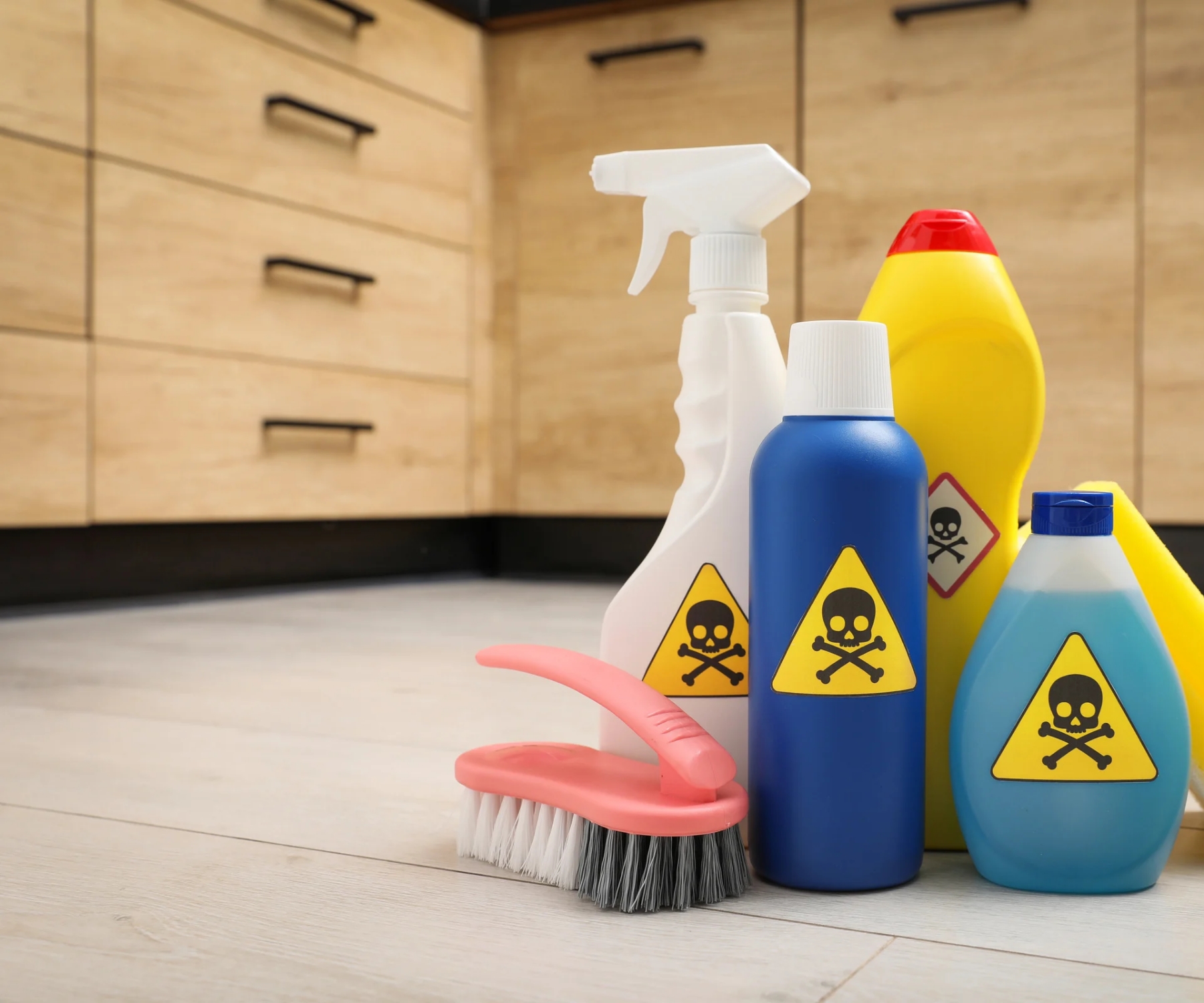 Sources of VOCs in the Home
Sources of VOCs in the Home What Level of VOC is Dangerous?
What Level of VOC is Dangerous?
 3. Winter
3. Winter 1. Air pollution
1. Air pollution
 Mother-in-law tongue plant benefits:
Mother-in-law tongue plant benefits:


 Here are examples of Well-known Air Conditioner brands equipped with ionizing and plasma technologies:
Here are examples of Well-known Air Conditioner brands equipped with ionizing and plasma technologies: Making Your Decision:
Making Your Decision:
 Hidden Dangers of Carbon Filters
Hidden Dangers of Carbon Filters Health Implications of Air and Water Contaminants
Health Implications of Air and Water Contaminants
 Common Airborne Allergens: Invisible Triggers of Allergic Reactions
Common Airborne Allergens: Invisible Triggers of Allergic Reactions Impact on Health: Navigating the Spectrum of Allergic Responses
Impact on Health: Navigating the Spectrum of Allergic Responses Navigating the Air Quality Index (AQI): A Guide to Healthier Air
Navigating the Air Quality Index (AQI): A Guide to Healthier Air Mitigating Allergens with HEPA Air Purifiers: A Breath of Fresh Air
Mitigating Allergens with HEPA Air Purifiers: A Breath of Fresh Air
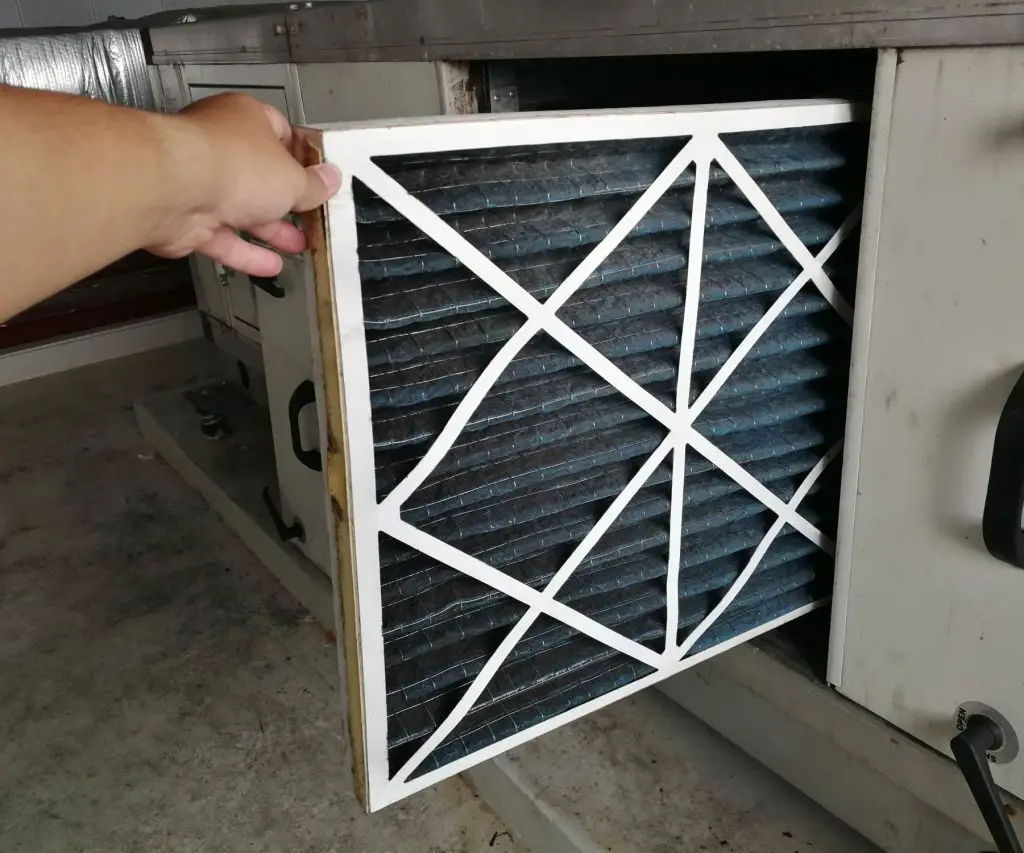

 ULPA Filters
ULPA Filters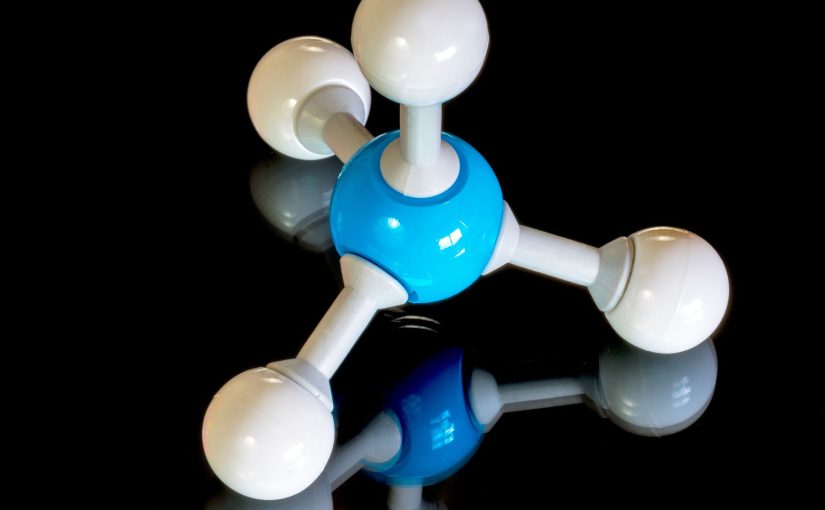

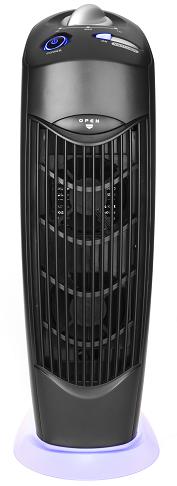

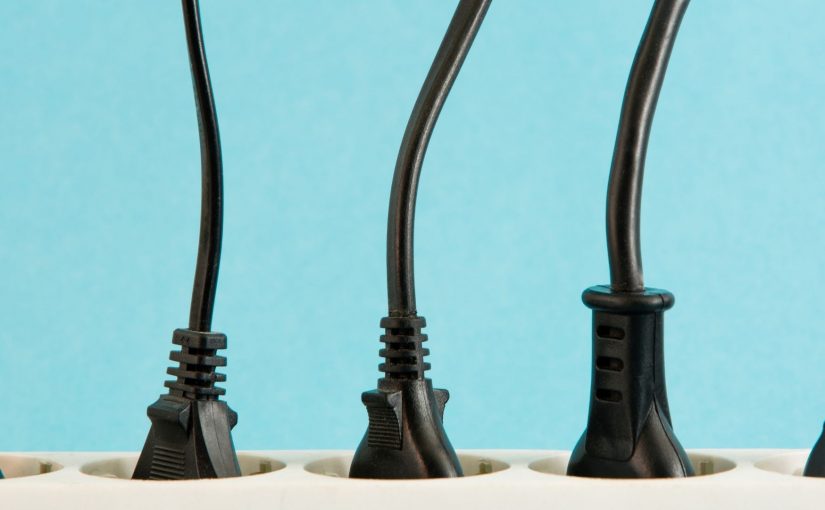
 Power strip danger
Power strip danger